Laparoscopic hernia repair is a new and improved way to fix hernias. This method uses small incisions, making it easier on the body and offering long-lasting relief for patients.
Read MoreLaparoscopic Hernia Repair: Benefits & Process
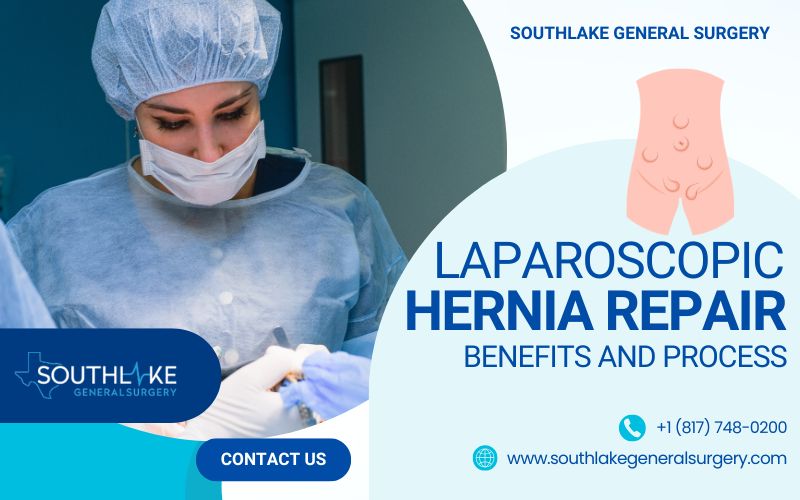

Laparoscopic hernia repair is a new and improved way to fix hernias. This method uses small incisions, making it easier on the body and offering long-lasting relief for patients.
Read More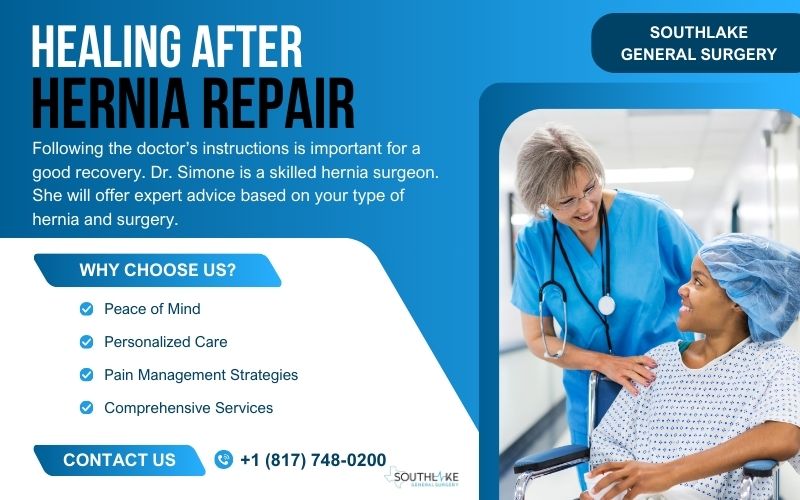
Healing after hernia repair needs patience and care. The journey of healing varies for each individual and requires patience. If you follow your healthcare provider’s advice closely, you can help your body heal and recover more quickly.
Read More
Best diet after hernia surgery is crucial for a smooth recovery and to promote healing. It is crucial to start with clear liquids and work your way up to solid foods. Opt for nutrient-dense foods like protein, fiber, vitamins, and antioxidants to aid in the healing process.
Read More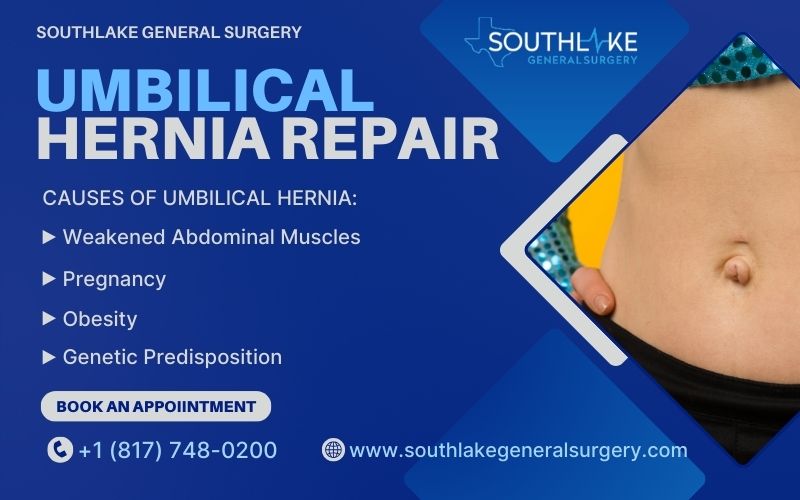
Umbilical hernia repair surgery is often done with a piece of mesh to make the abdominal wall stronger. An umbilical hernia happens when parts from the belly come out through the umbilical ring. It is important to get help quickly to prevent issues such as blood clots.
Read More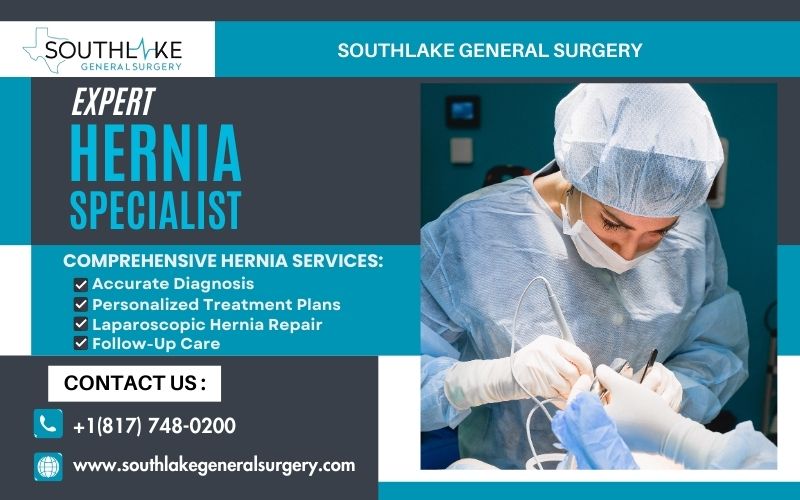
Finding a “hernia specialist near me” is certainly essential, when you need a hernia repair. A skilled professional can precisely diagnose your condition. A personalized treatment plan will be created to align with your specific needs. This increases your chances for a full recovery after hernia surgery.
Read More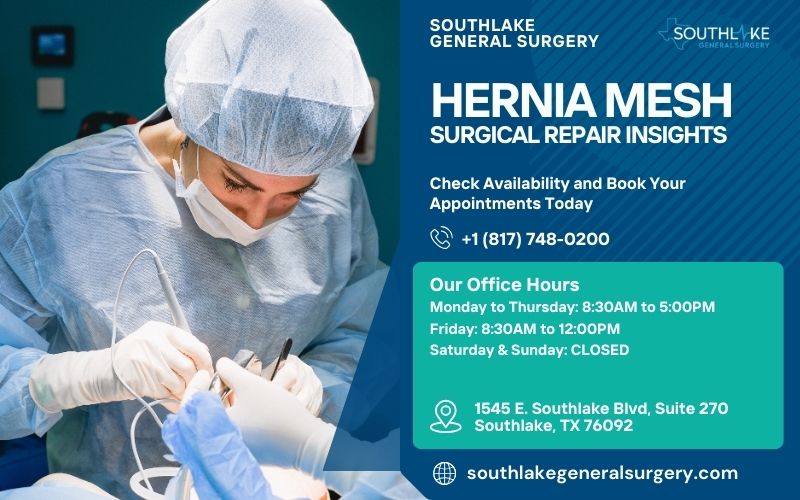
Hernia mesh is a sterile, and adaptable substance specifically engineered for the effective repair of hernias. By strengthening weakened tissue, it helps to prevent recurrence and lessen discomfort. A medical breakthrough, hernia mesh reduces risks, quickens healing, and enhances patient results, alleviating suffering for millions across the globe.
Read More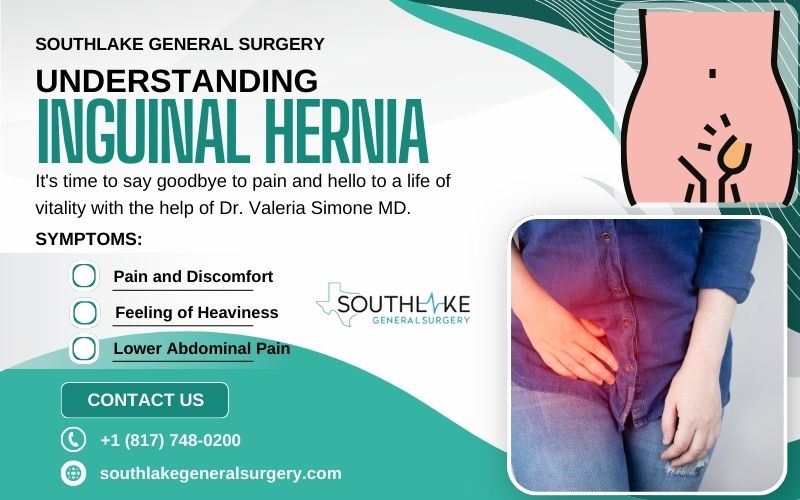
An inguinal hernia, often referred to as a groin hernia, is a common condition that many people encounter. When a piece of fatty tissue or a length of intestine pushes through a hole in the abdominal wall, it’s called a hernia. This issue typically arises in the inguinal canal, which is found in the groin area.
Read More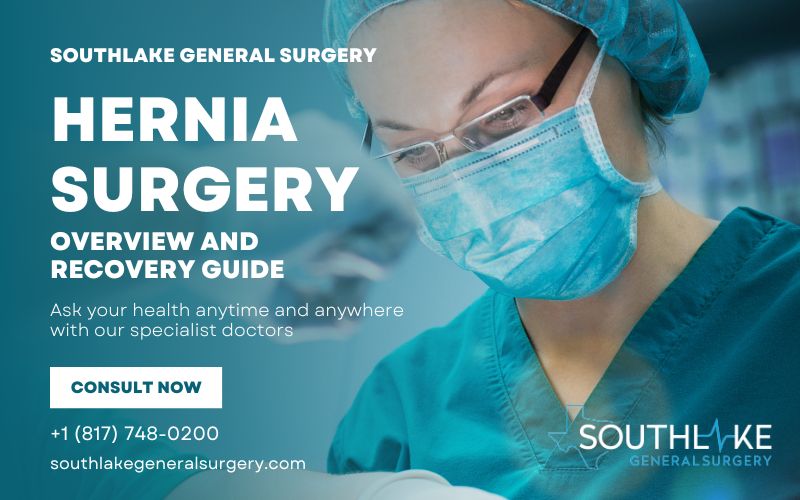
Hernia surgery is a usual procedure. The procedure is performed to address a hernia. There are two main approaches to hernia repair: open surgery and laparoscopic surgery. Every approach presents distinct benefits and drawbacks, influencing aspects like recovery time, pain intensity, and cosmetic results.
Read More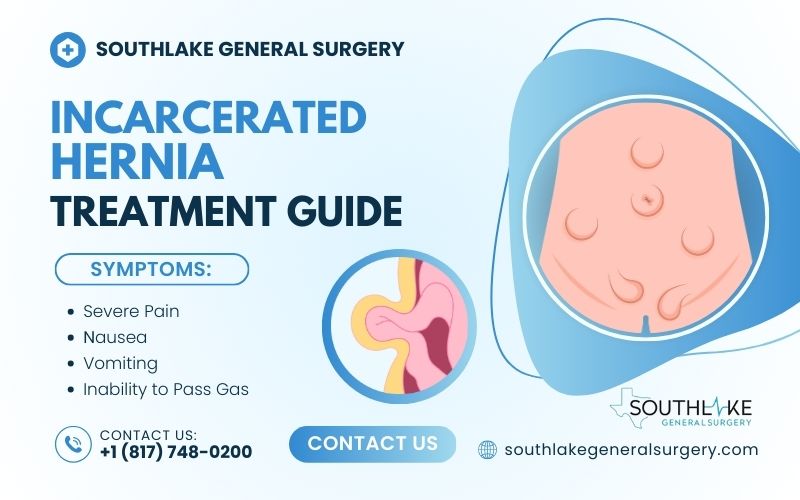
Incarcerated hernia is a condition in which abdominal organs or tissues protrude through a weak spot in the abdominal wall and become trapped. It is a common surgical emergency that requires prompt medical attention.
Read More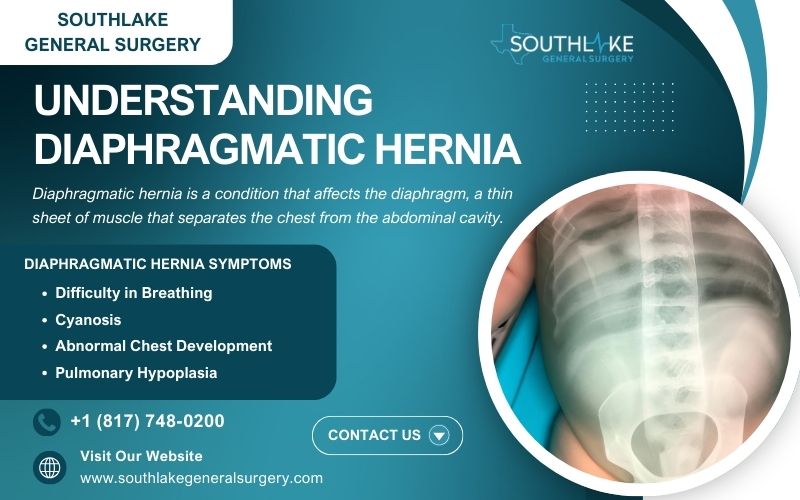
Diaphragmatic hernia is a condition that affects the diaphragm, a thin sheet of muscle that separates the chest from the abdominal cavity. In normal development, the diaphragm is fully formed by 10 weeks of gestation.
Read More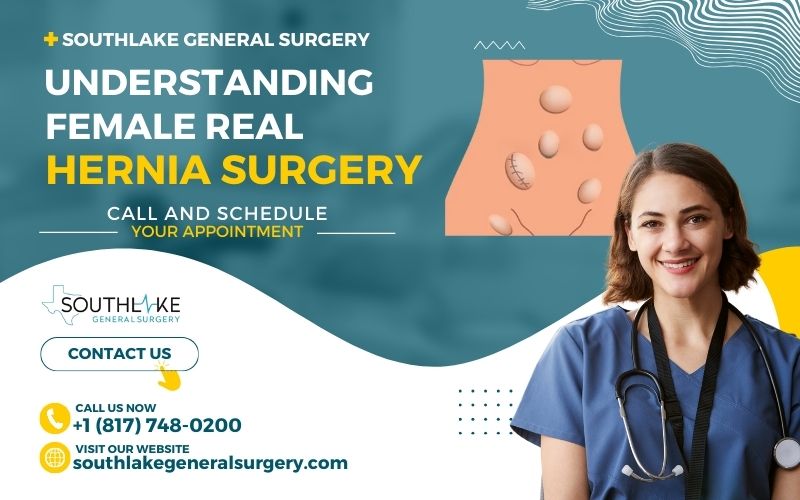
Female real hernia surgery can often be misunderstood or overlooked in women. It is important for females to be aware of the hernia symptoms and treatment options available for this condition.
Read More
A strangulated hernia necessitates prompt medical intervention due to the gravity of the condition. Hernias happen when an organ or portion of an organ protrudes through the abdominal wall and gets stuck or when blood flow is interrupted to the herniated tissue.
Read More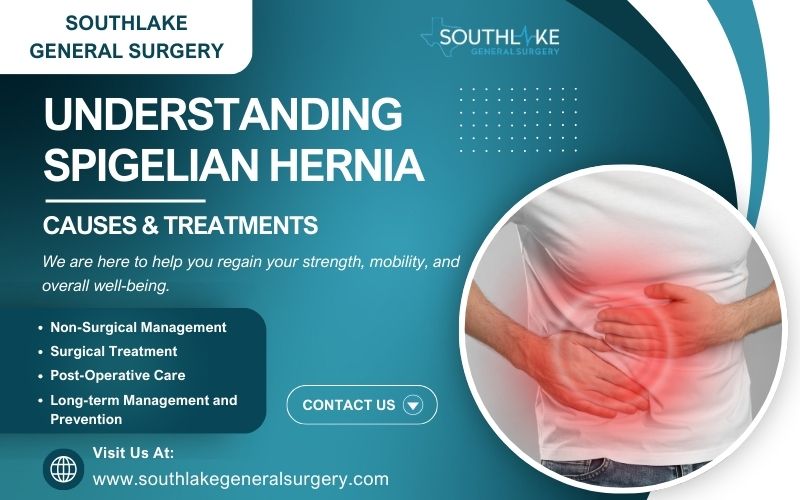
A Spigelian hernia is a type of ventral hernia that occurs when a weak spot or opening develops in the Spigelian fascia, a layer of tissue that separates two groups of abdominal muscles. These hernias are rare, accounting for only 0.12% to 2% of abdominal wall hernias.
Read More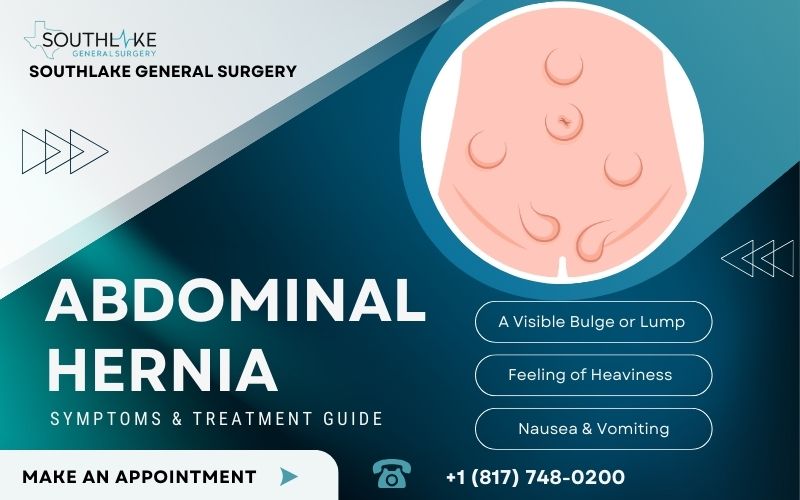
Abdominal hernia is common and happens when organs push through a weak spot in the abdominal wall. This can cause a visible bulge and discomfort. Hernias can occur in different areas of the abdomen or groin and are classified based on their location.
Read More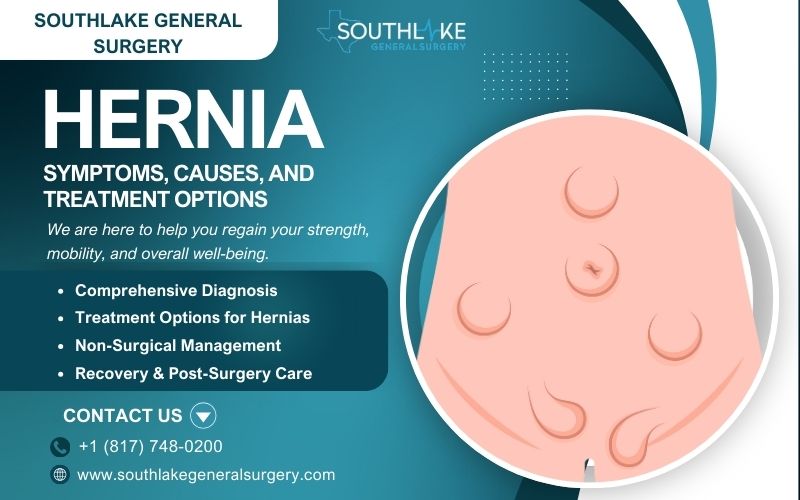
Hernias are a prevalent medical condition that occurs when an organ or fatty tissue protrudes through a weakened area in the surrounding muscle or connective tissue. They can develop in various parts of the body, including the abdomen and groin area.
Read More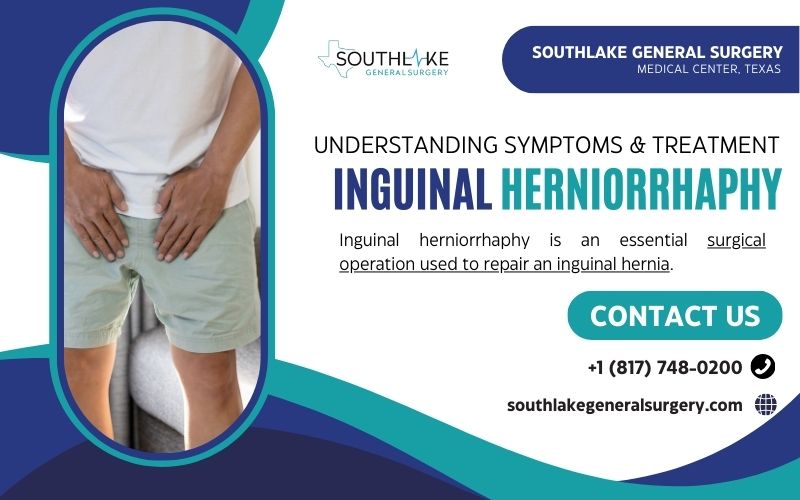
Inguinal herniorrhaphy is an essential surgical operation used to repair an inguinal hernia. It plays a vital role in relieving symptoms and preventing complications.
Read More